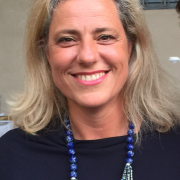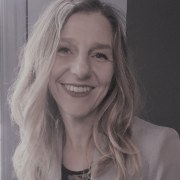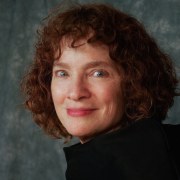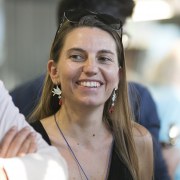When art fertilizes science exhibitions
Find this session's presentations here.
For years, art and science were on the agenda of institutions looking for another way to speak about science, another audience and maybe some extra measure of harmony. Nevertheless, very often the “and” in "art and science" means a juxtaposition without real cross-fertilization. Spaces especially dedicated to art are created. Science exhibitions host art pieces. But the visitor always faces a difficulty: usually expected to be a decoder, in a logic of explanation / understanding, she or he is asked, within a blink of an eye, to switch to an emotional, intuitive mode.
Is this a fatality? Can we marry art and science more intimately? Would there be a specific design for this particular mix? The session will present several attempts of integration of an artistic approach in the design of scientific exhibitions, fusion between the artistic and the “museographic” approaches. It will highlight the benefits of this integration but also its limits and constraints.
Facilitator
Director for institutional & international affairs
Session speakers
In line with its artistic policy Universcience want to experiment new ways of merging art and science. Its new Gallery of robots will not be designed but choreographed. The presentation of the robots will be assigned to a renowned choreographer. And the robots will move on a specially commissioned music. The institution will then share with artists of the territories formerly preserved: the scientific communication and the scenography. With durable consequences on exhibition development?
Associate Director Exhibit Content Development
San Francisco
United States
Simply juxtaposing artworks and science exhibits in the science museum fails to realize the potential of bringing the artistic perspective to bear on science content. Inviting artists in to work directly with the museum, its staff, and its content supports a more integrated approach and encourages experimentation in the development of an artwork or performance.
Since its opening in February 2016, the Quai des savoirs in Toulouse organizes a regular identity event called « Lumières sur le Quai ». It’s a question of producing a « cocktail » of programme between arts and sciences from artistic installations, live performances ans scientific exhibits and workshops. But is the hybridization of programme effective to affect new publics an establish a pleasant cocktail ?
Science Gallery has developed special ways to merge art and science but has this experience change exhibition development, has it created a specific language or style which could renew museum style?





